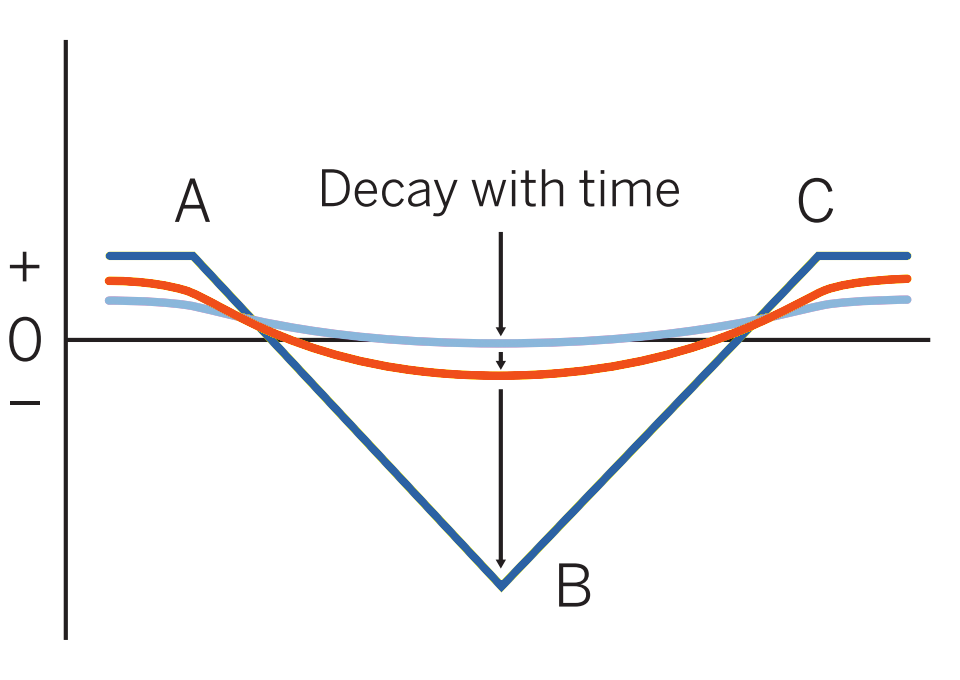Long Iron Butterfly
Post on: 7 Апрель, 2015 No Comment

Butterfly vs Long Iron Butterfly
We also need to distinguish between the concept of a Butterfly Spread and a Long Iron Butterfly. The former uses either all calls or all put options and comprises an adjacent credit spread and a debit spread together, usually resulting in a net debit to your account. The Iron Butterfly however, uses two credit spreads a bear call and a bull put spread. These two credit spreads are what creates the iron part of these strategies. The idea is that you are bringing in a double premium and a net credit in the knowledge that whatever happens from here, only ONE of the credit spreads can lose if you let them run to expiry.
Lets take an example to illustrate
XYZ stock is currently trading at $20, therefore options with a $20 strike price will be at the money. We believe this stock will continue to trade within the range of $15 $25 by the time our positions will expire. We use the same amount of option contracts for all positions.
1. Bear Call Credit Spread
SELL $20 at the money call options
BUY $25 out of the money call options
2. Bull Put Credit Spread
SELL $20 at the money put options
BUY $15 out of the money put options
From the above we can see that we have taken out four options positions simultaneously, with a common ATM $20 strike price for calls and puts, to form our Iron Butterfly but breaking it down, we have two credit spreads.
Characteristics of the Long Iron Butterfly
Limited Risk: Your risk is the difference between ONE of the strike prices on either side of the middle strike prices, (the body of the butterfly), LESS the premium you have received from selling both at the; money call and put options. If option volatility is working in your favour at the time you take the trade, this risk can be minimal.
Limited Reward: Your profit is limited to the premium you take in from selling at the money options.
Collateral Required: Normally for credit spreads, you will need sufficient funds in your broker account to cover the difference between strike prices, times the number of shares the option contracts cover. However, since it is only possible for one of your positions to be unprofitable at expiry, some brokers may take this into consideration and allow you to only allocate funds necessary to cover one side of the spread.
Recommended Strategy
First, you identify a stock that you believe will be range bound at least until the expiry date of your long iron butterfly position.
Second, you should examine the current market prices relative to the option strikes necessary to establish the strategy. Organize these into a table and evaluate the risk to reward ratio before placing the trade. The basic idea is, to take advantage of option prices that will allow you to get into the trade for a maximum credit in comparison to the potential risk at expiry. For example, if you see an Iron Butterfly opportunity following a large move, option implied volatility may work in your favour so that your sold positions relative to your OTM bought ones result in a risk to reward ratio of over 1000 percent.
Exit Strategies
You do not need to wait until expiry date to exit your position. Providing the stock remains within the range you anticipate, this allows you some flexibility as the options approach expiry date. You simply evaluate the profit level within the final two weeks and exit when the market price of the underlying is closest to your at the money positions.
However, if the price of the underlying should surge away in either direction and breach the outer strike prices, you can do one of two things. Either exit the position to ensure you are not assigned the underlying shares, or depending on where you think the stock may go from here, you could take advantage of a nice characteristic of credit spreads and roll out the losing position to a later expiry month, while letting the other side of the credit spread expire without risk.














